
OK, I’ve put off blogging about Checkpoint Zulu for about as long as I could. I know there are still some folks out there who read my blog and might still get a chance to play this one. I encourage those players to restrain themselves and skip over these posts until you’ve gotten a chance to play it. Spoilers abound!
The other reason I’ve avoided posting about this adventure is that its design has been so squirrely. I’ve made large changes after each run and I’m still not really satisfied. The pacing on this one is tough, and what’s worse, I continue to try and watch for how this could be adapted into a two table / two GM game, and I’m just not seeing it. You see, the idea for this game was born when Adam and I were driving home from Carnage on the Mountain last November. The idea was simply this – two tables each playing on opposite sides of the Berlin Wall, connected by a telephone line. So, keep that idea in mind as you read these posts, and I challenge you to help me figure out if it’s really even possible.
OK, so let’s start with the characters. In the first run of the game, I had the following:
- Dr. Richards – American doctor working with psychics, has some scientific understanding of the paranormal but no direct abilities.
- Spike – Psychically active local test subject, punk-rocker plagued by psychic dreams.
- Sgt. Major Thompson – American military special forces team leader tasked with shutting down or transferring operations to incoming group. Has access to a lot of resources but for very limited duration – will supply pressure for rapid action.
- Kilroy – Alias of a hacker / phreaker, member of the Chaos Computer Club, native Berliner.
- Camille – French stealth operative, spouse/lover of East German psychic, emotionally invested in success and possibly corruptible by the Stasi.
- Professor Mitchell – Visiting professor from Oxford, secretly member of MI6, has limited access to entry into East Berlin (diplomatic locations only).
The premise of the game is that psychics are being experimented on by both sides. In the West it’s fairly benign, but in the East it’s very aggressive, with psychics being abducted and imprisoned in a “hospital”. The Eastern psychics are reaching out to those in the West, trying to create a psychic bridge to escape. They uncover something like the upside-down from Stranger Things, and work on a way to pass through. Naturally there are terrible things in this other realm, and as the tunnels between it are anchored to the psychics themselves, a psychic passing through a tunnel is like passing the point of a needle through its own eye – all of reality may fall apart.
So, I had the above characters and my typical intro of an opening scene with the characters each trying to apply pressures to each other and with knowledge to pass between each other. Pivotal was relationship between Spike and Dr. Richards, as Spike’s dreams have the clues required to actually directly contact the Eastern psychics via normal physical means (a telephone). The problem was, with this very tense espionage theme, the players didn’t necessarily want to share with each other, and in that first game Dr. Richards and Spike just weren’t putting the pieces together. I realized that I had hinged far too much of the plot on certain characters having specific conversations. If Dr. Richards and Spike didn’t figure out the dreams, or if Sgt. Major Thompson didn’t threaten to shut down the whole project, the plot might not ever really come together.
Also, I was worried many of the characters did not have very strong ties to each other or reasons to work together. Camille was a sore point as his character was friends with Spike and didn’t know anyone else. Envisioned as the “second story man”, his background was full of info about actual escapes across the wall, which lead that player to think his role in the game was going to be to smuggle people physically across the wall (close, but I wanted them to try and use these psychic tunnels). In fact, it readily became apparent that those kinds of skills weren’t very useful in this adventure at all.
So, I decided to make Dr. Richards and the Sergeant into NPCs. I promoted the latter to the Lt. Col. in charge of the entire Detachment A, and then made half the party into members of that detachment. Kilroy was pretty easy to adapt, and Camille was modified to be a little more face-man / surveillance expert and less of a break-and-enter specialist. The sergeant himself became a straight forward weapons specialist and bruiser, and later I realized I’d accidentally reinvented three quarters of the A-Team. I eventually decided to embrace that, and started playing the Lt. Col. like Hannibal to round it out. In fact, I even used this description when they first enter the room: “any one of the detachment A members could probably blend into a crowd, but together as a team they stick out like a sore thumb”.
I needed to add in one more character so I created a second psychic, this one a teenager who is a little more sheltered but is ready to rebel and kind of idolizes Spike. That allowed me to give them both the same psychic dreams which was nice as it both gave the dreams a stronger feeling of import, and allowed them to compare notes and help each other decode them. And if they weren’t putting it together, I could play the NPC version of Dr. Richards to give them additional clues or push them along. I left Mitchell more or less as is, because come on, you’ve got to have a straight spy in this game.
Here are the tent-stands and props I used in the latter runs of the game, and I think at this point I’m pretty happy with the characters:
You’ll notice that Mitchell’s character includes a locked black box. This was all the players got to see before choosing characters. This had the desired effect of everyone suspecting Mitchell was not all he or she seemed, but without actually telling them specifically what was up. Here’s a picture of Mitchell’s case opened up (I gave the player the combo right away):
One other minor point about the characters – I intentionally left them all ambiguously gendered. I thought this would be a clever way to handle any gender combination and let each player do whatever felt comfortable. For the most part players played their characters as their own gender which made things pretty easy. It was rare to see anyone in Detachment A played as female, which is historically accurate (there wouldn’t have been any women in Detachment A in 1983) but I think a female version of any of those characters would have been very interesting. I saw both male and female versions of all three other characters, and my personal favorite combo was a female Lange with a very openly gay male Spike. Honestly, that duo turned into my favorite pre-made relationship and I was very happy to see every pair of players always play them as platonic or sibling-like and never romantic.
So, those are the characters. I know I’ve been a little vague on the plot – I’ll write more about it later, but hopefully the broad strokes are enough to give you a sense of what’s going to happen. I also want to write a bit about some of the other physical props, some of which were really great and others that I eventually cut. Ultimately, with each iteration I accrue more stuff and have more options, and I’m starting to wonder if this whole thing might not be best expanded out to a larger format. Maybe a LARP?
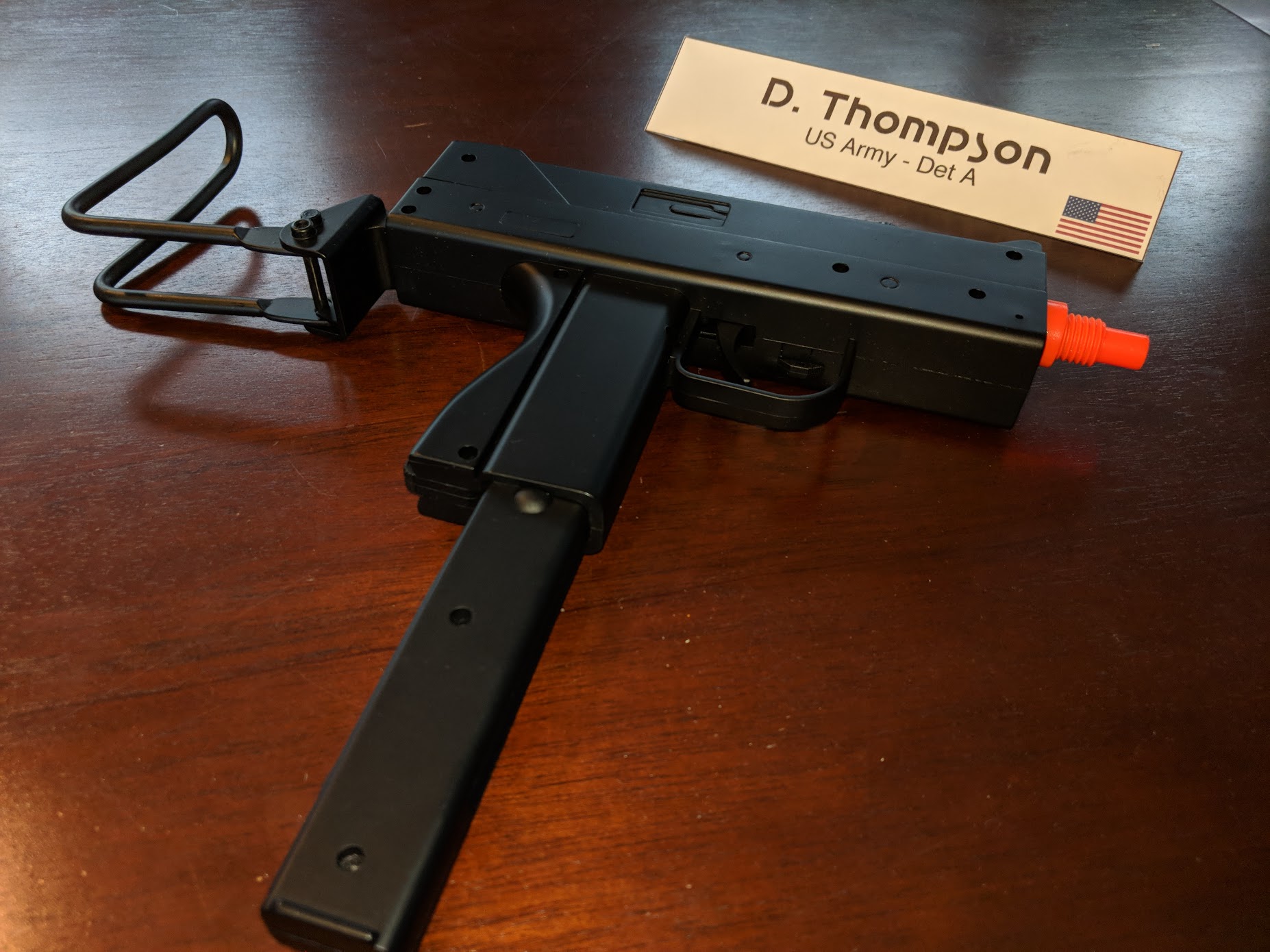
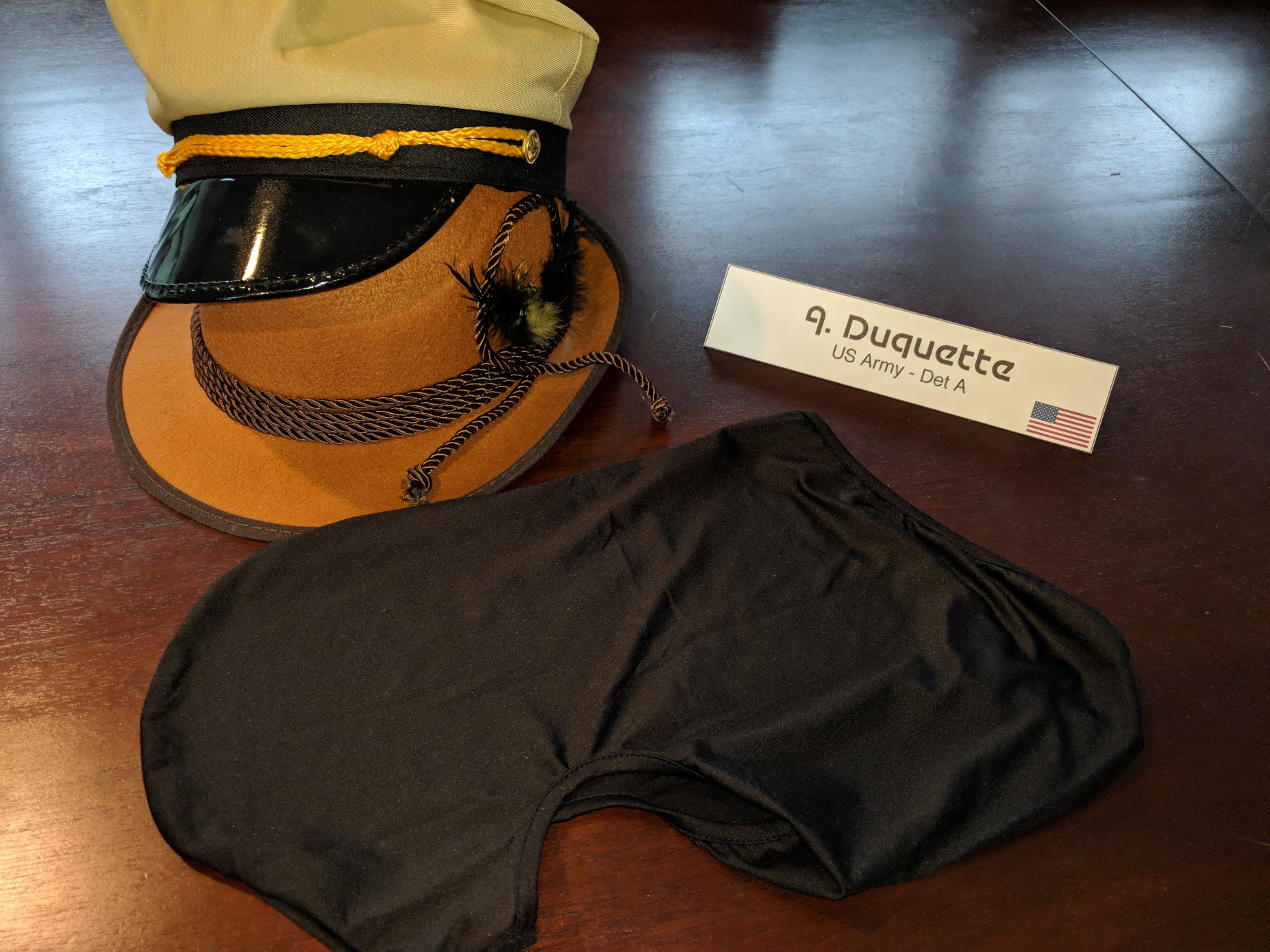
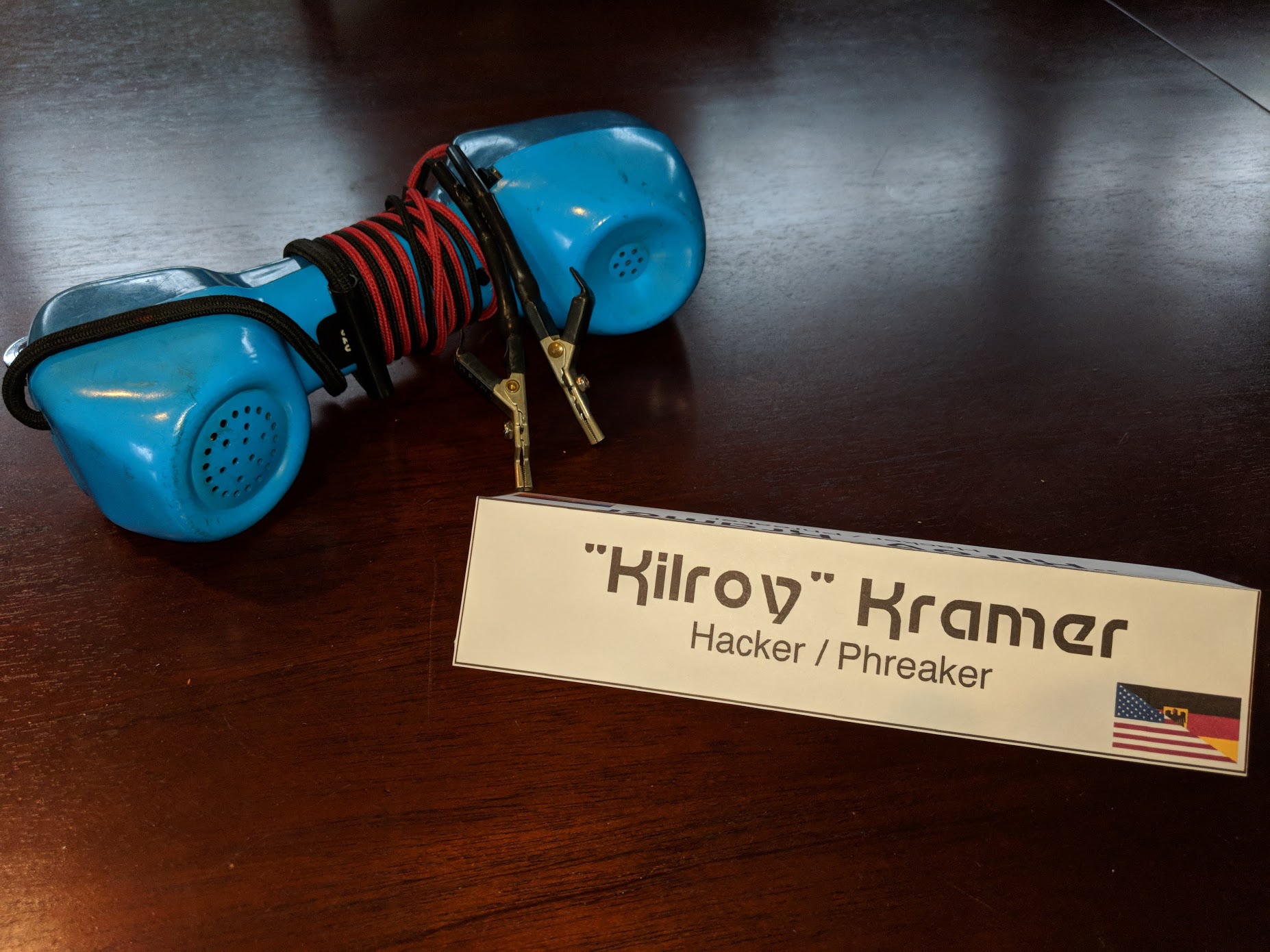
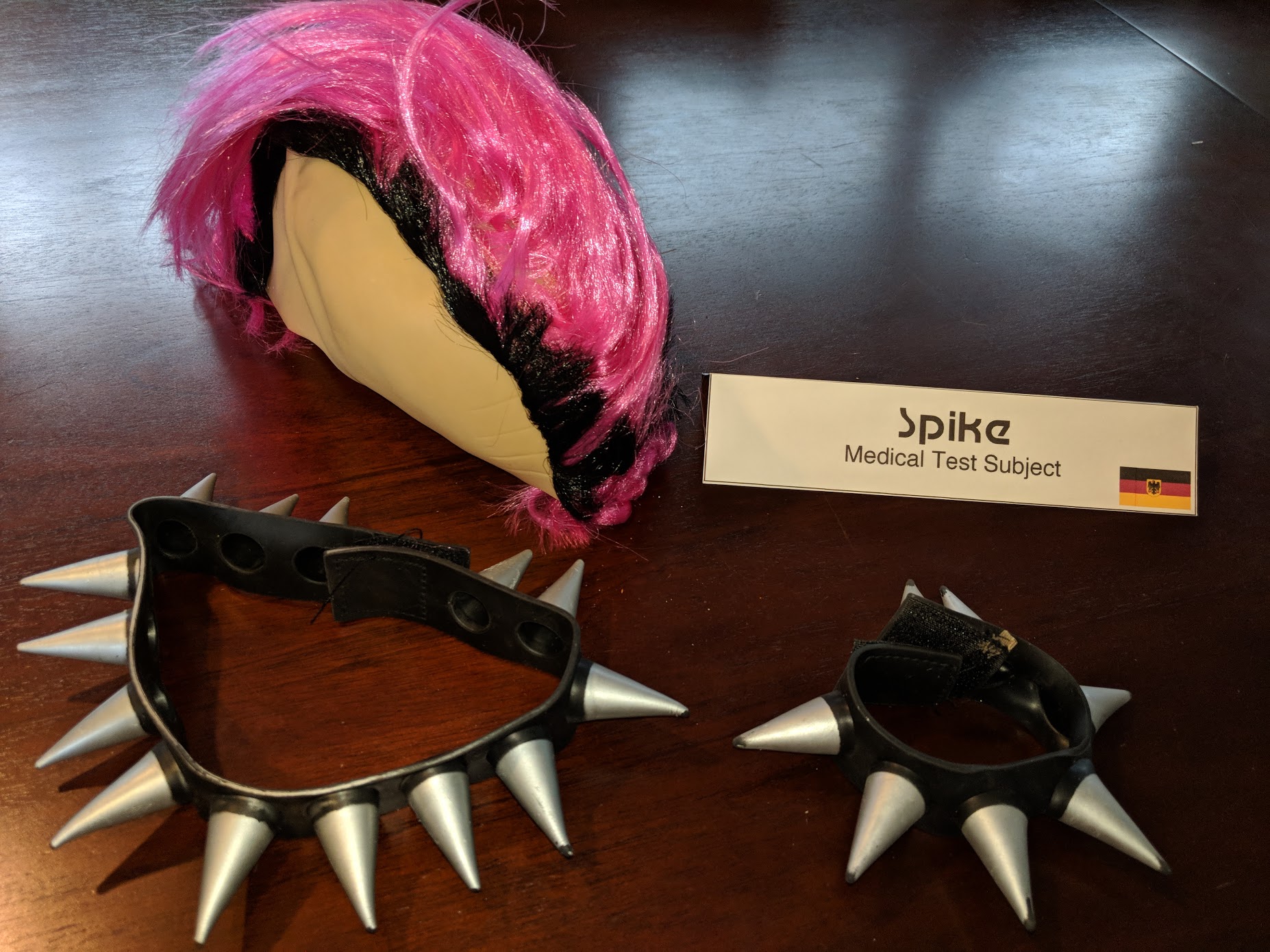
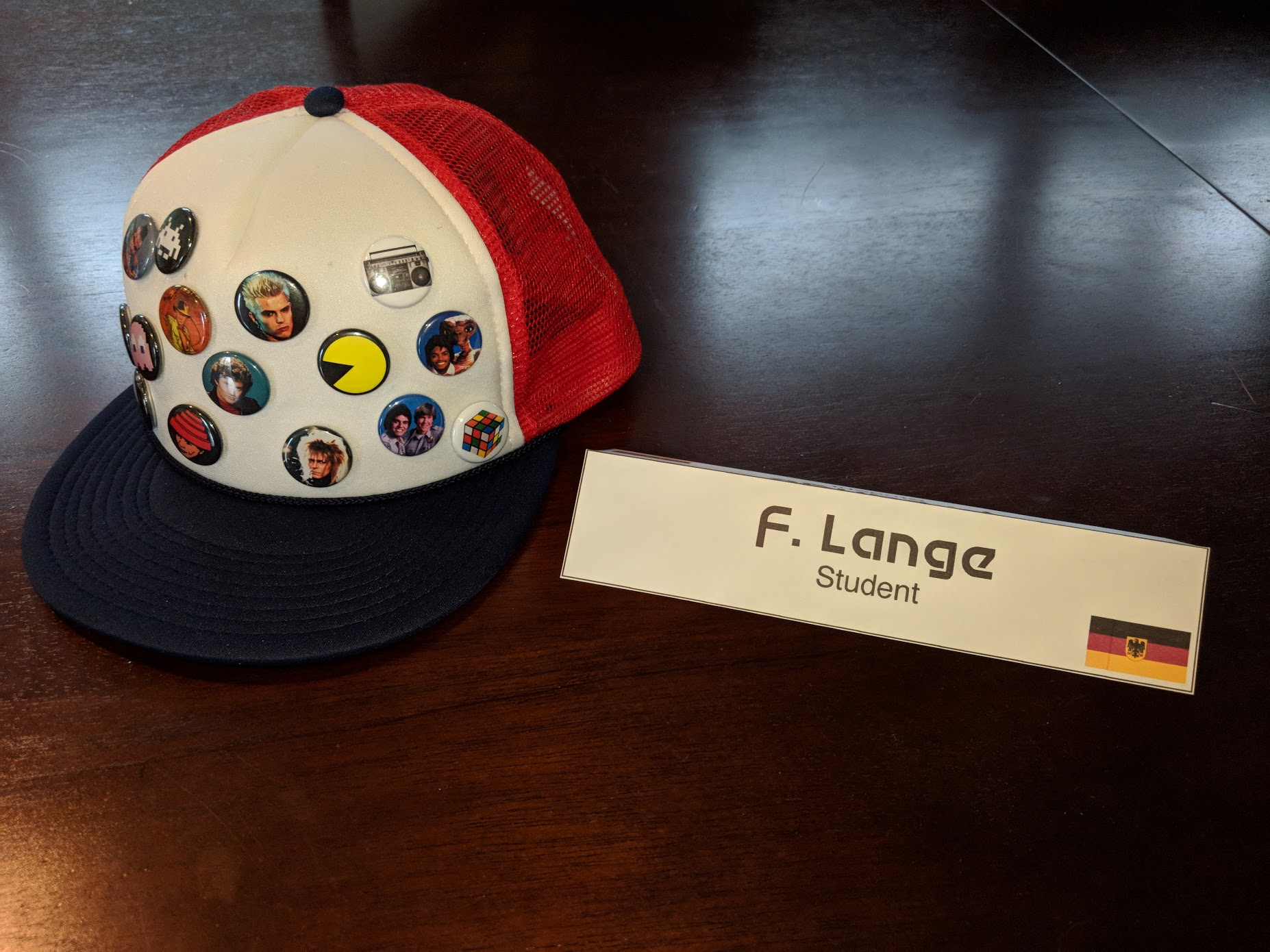
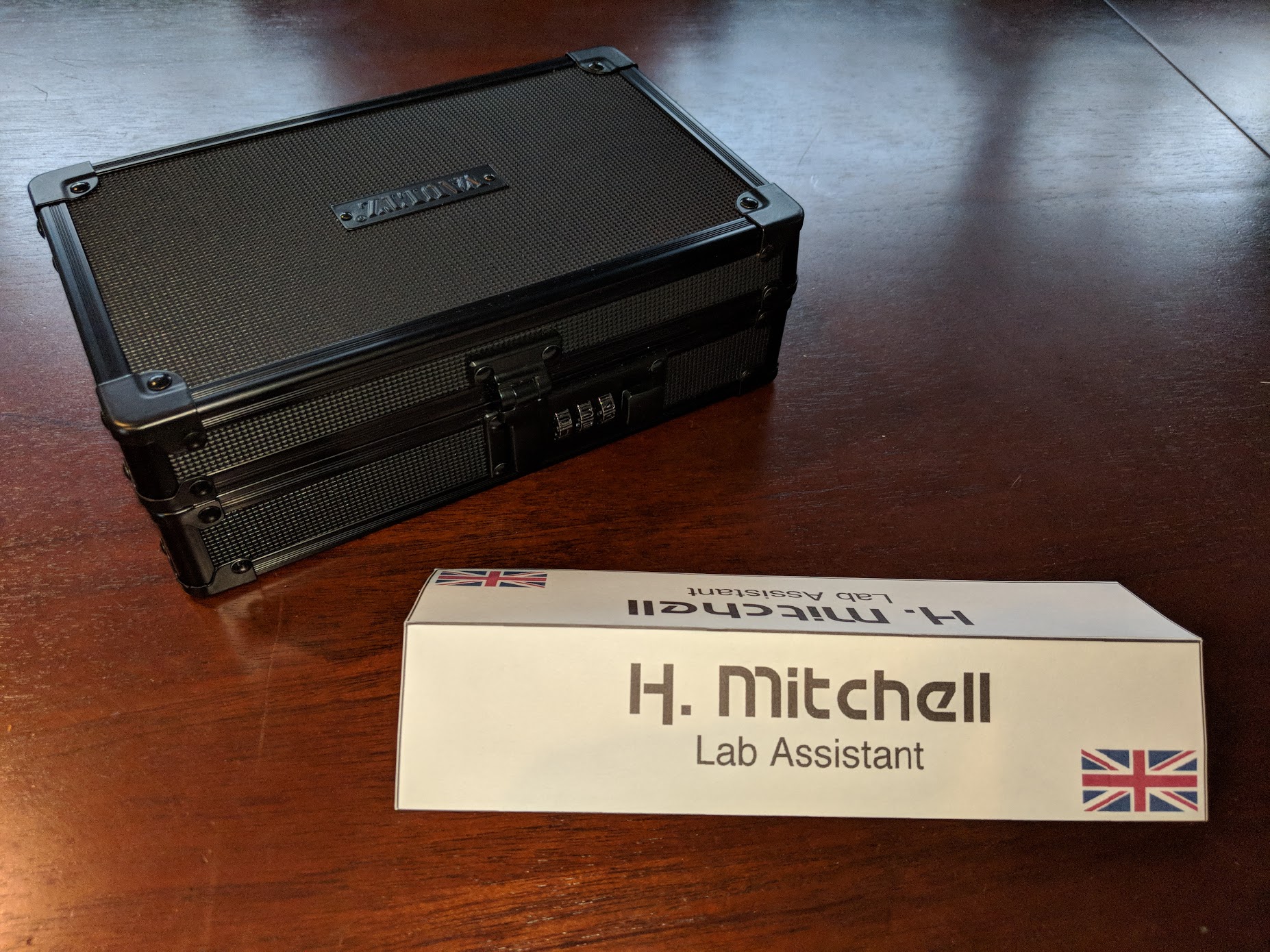
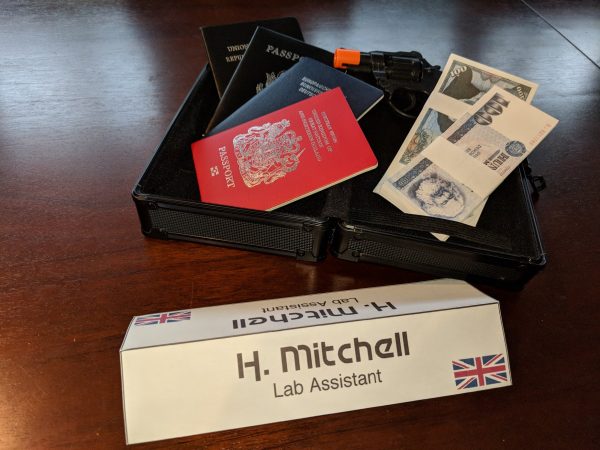

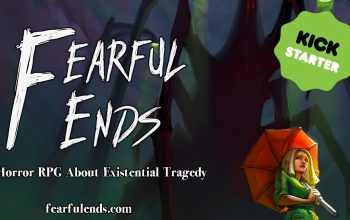
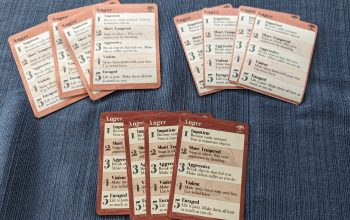
I love so much about this, thank you for sharing! Challenge accepted! Is this telephone line necessary for the two tables and their story or does it simply create immersion for the tables but is ultimately not absolutely essential?
I gather that the East would be interested most in escape to the West, a nice analogue for the historical but with the twist of the refugees being psychic. I assume that they could pull this off without the phone but that it would be synergistic and favourable to discover it and work with the West to increase the chance of success.
What is the West trying to accomplish? Maybe Cthulu is living under a West German discotheque and the PCs could defeat it on their own but the import of the East-Side-Psychics would greatly aide them thus making the discovery of the phone and the, shall we say, powerful refugees awesome and advantageous to import.
The original idea was that the plot circled around evacuating the the East psychics into the West, and that cooperation was required to achieve this result. Cthulhu resides in the in-between, and is accidentally provoked by the invasion into his private space.
Now, you make a really spot-on observation asking if the telephone line should or should not be critical to the plot. As originally envisioned it was, but I think that creates the problem that failing to make a call at a critical time could stall out one of the tables. The only solutions to that are to start introducing crappy railroading tactics, which nobody likes.
I rather like the idea of creating a Cthulhu threat on the West which must be dealt with which is tangential to the escape. This makes the escape an exciting twist but ultimately not required for the Western game to resolve itself. I think likewise we’d need a goal for the East to accomplish that does not require any aid from the West.
I’ve never run a horror game but it strikes me as appealing that the East side is dealing with something mundane to contrast with Cthulu on the West. It could be horrific still but maybe a factory manager at a munitions plant is working people to death .. and, ya know … is putting their skulls in warheads or something. This might lead to a dilemma for the escapees once given their chance. IS their duty done? DO they abandon their countrymen and fellow humans to some Earthly nightmare. By Crom should a party choose to forgo their one chance at escape for a worker rescue attempt num num num delcious!!!!
Now, after much reflection and deleted paragraphs here ruminating about a ringing phone (which is incredible!) I feel in summary that there is a risk that the phone becomes annoying and frustrating and cumbersome for GMs at both tables. However, the fact that a phone line even exists is awesome so let’s run with that.
This all leads me to believe that maybe only one or two at the most should be the number of calls allowed between tables. I’d say each table is allowed a single outgoing call per game. I think that a phone ringing at table 1 would freak the party out if they don’t even know it’s online, and vice versa. If no other call EVER comes or if they call and NOBODY answers the other end then the fact that a phone line EXISTS and the fact that an attempt at communication occurred can be a great source of tension and immersion without a word ever being exchanged. They will wonder who called, why, what could have been said. Could be good? It would need the phone to ring at table 1 no matter where party 1 is. If they are in the lab they answer, if they are on the street they simply react to the knowledge that there is a missed call. Perhaps prompting them to attempt the number they have acquired.
All this seems like a vote towards the phone being acritical but it is also a vote towards continuing the project. With a view towards accepting that a single ring and then silence, a call and no answer, 20 desperate rings, or a single brief call suddenly disconnected is the goal. The simple terror as each party describes what they are dealing with whilst searching for commonality and connection, the players confronted with the notion that the world is bigger and scarier than just them and that they may or may not be able to help? If that is the goal then I think it’s worth working for.